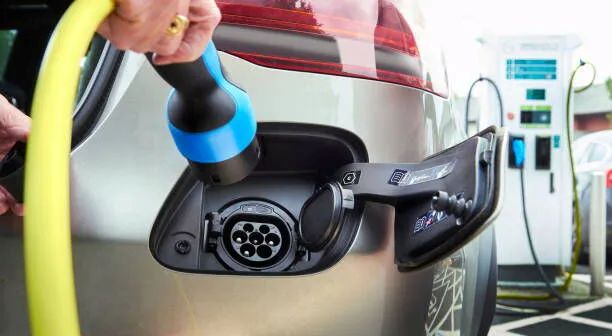


The Transition from Gas Pumps to EV Chargers: Challenges and Opportunities for Fuel Retailers
As electric vehicles (EVs) gain popularity, many fuel retailers are exploring the shift from traditional gas pumps to China EV chargers. While the concept seems simple—replace pumps with chargers—the reality is far more complex. Varying technologies, high installation costs, and uncertain returns pose real challenges for gas stations considering this transition.
Most gas stations that have adopted EV charging offer DC fast chargers, capable of recharging an EV to 80% in 20–30 minutes. This mirrors the quick convenience of traditional fueling. Some also offer Level 2 chargers, which are slower but more cost-effective—better suited for locations where drivers are likely to stay longer.
Installing a single fast charger can cost between $50,000 and $200,000, especially if the site requires electrical upgrades like transformers or expanded service lines. These costs do not include routine maintenance or the loss of valuable parking space.
Unlike fuel sales with established margins, EV charging is still developing a viable pricing model. Many drivers expect free or low-cost charging, making it difficult for station owners to predict revenue or build sustainable business models.
Older gas stations often lack the electrical capacity to support fast chargers, making upgrades essential but expensive. Assessing the station’s power demand and securing additional grid capacity can be time-consuming and costly.
Boston Consulting Group (BCG) recommends that fuel retailers shift from simply selling fuel to enhancing the overall experience. This could include offering comfortable waiting areas, healthy food, Wi-Fi, and even entertainment options while customers charge their vehicles.
To encourage repeat business, stations can provide loyalty programs, app-based payments, and special promotions. The goal should be to make charging not just fast, but pleasant and convenient.
Partnering with EV infrastructure companies like ChargePoint and using government incentives can help offset installation costs. Many states offer grants, rebates, or tax credits for EV infrastructure—making it easier for stations to invest in the future.
Site Layout: Place chargers for easy access without blocking gas pumps. Ensure space for future expansion.
Charger Compatibility: Design charger layouts to accommodate different EV models with varying port placements.
Permits & Safety: Secure all necessary licenses and install safety features like shut-off switches and clear signage. Staff training is also crucial.
Gas stations that embrace EV charging are not just swapping technology—they’re evolving their business models. The future of fueling lies in providing value-added services, not just electricity. Those who adapt can become hubs for electric mobility, offering essential infrastructure while redefining convenience.
As the world accelerates toward sustainable transportation, fuel retailers who plan strategically and prioritize customer experience will be well-positioned to lead the transition.Know more about Google SEO Directory
